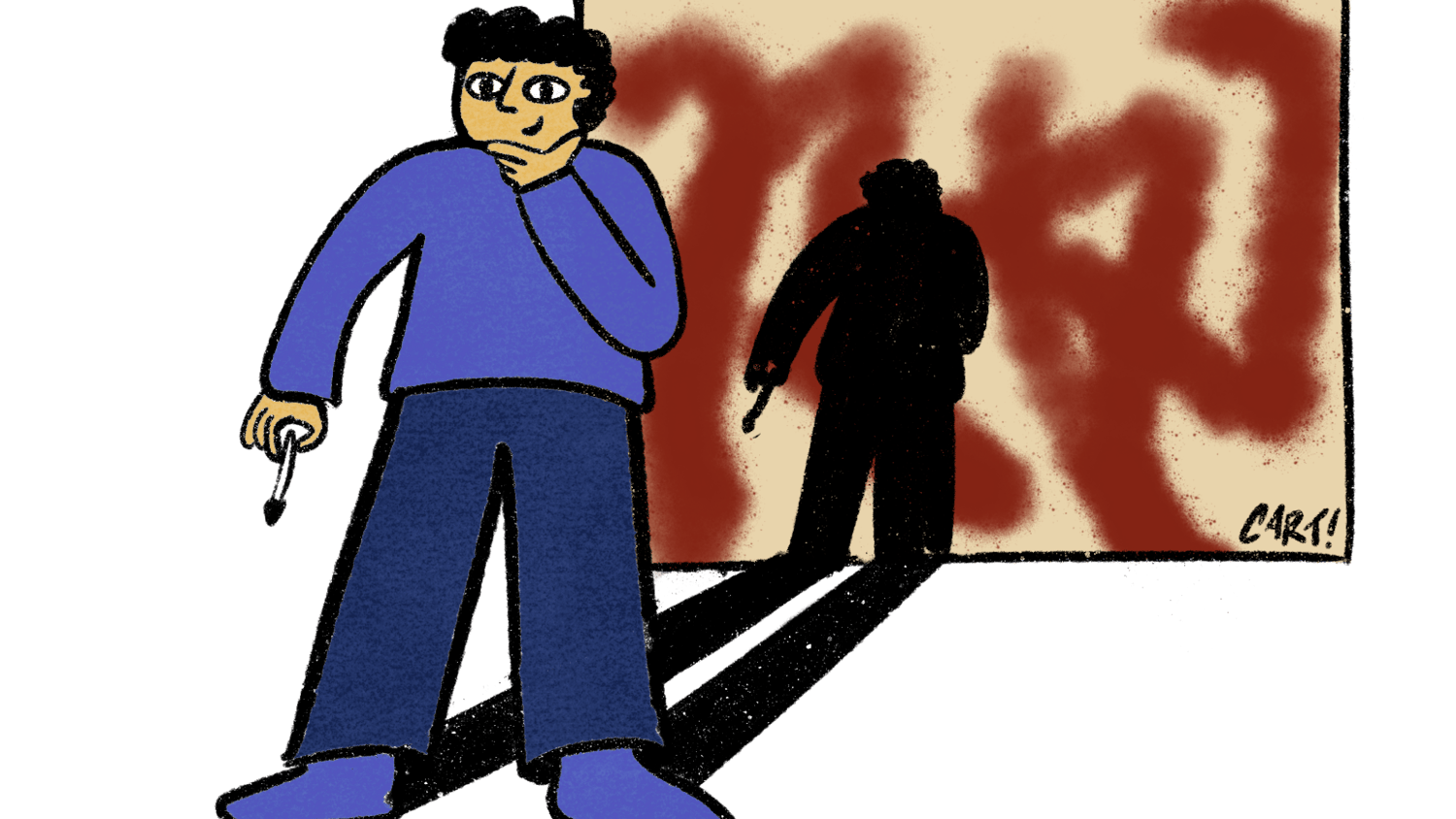Spinning into Motion with Tornado Preparedness
How the university prepares for tornado season
Transitioning into the springtime, pollen isn’t the only thing expected in Alabama. As tornado season approaches, Auburn University Emergency Management lays out its severe weather procedures.
Chance Corbett, associate director of Emergency Management, said every campus building has a designated indoor shelter area marked with a green “Severe Weather Shelter” sign. These are typically hallways or open access rooms in lower-level floors, according to Corbett.
Corbett said Green Hall and Ralph Brown Draughon Library are open 24 hours, seven days a week, 365 days a year for an accessible shelter area.
“There’s a requirement in Alabama now that when you build new residential facilities or classroom facilities that you install shelter space for the daily population,” Corbett said. “That falls under FEMA 361, which is the requirements for a shelter, a safe room basically. What that is is typically round areas that are dedicated — and they have to be dedicated — you can’t put cubicles in there and things like that to reuse the space. It has to be where that certain number of people can get in there and take shelter from severe weather.”
Corbett said Emergency Management has installed in-ground tornado shelters that hold up to 10 people for outlying buildings, research facilities around the state, and some peripheral buildings on campus that were just metal buildings lacking suitable shelter areas.
Rural Studios in Newbern received a FEMA grant to build an aboveground community shelter on University property and holds up to 96 people.
Corbett said this option for the Auburn campus isn’t feasible because of finances, the large campus population and issues of equally distributing the shelters across campus.
In past years the University has upgraded its siren system on campus, according to Corbett.
“We took down five and installed back eight of them,” Corbett said. “The sirens we have actually talk to you ... They’ll make the noise to get your attention then it actually comes followed up with the message telling you what the emergency is.”
Corbett said there is not an outdoor location on campus that is out of reach of a siren.
Indoors, there are all-hazard weather and manually activated radios.
Corbett said they’ve also integrated the fire alarm system in all capable new buildings. All future buildings will be able to use the fire alarm system to make announcements inside, and new classrooms will have dedicated FEMA 61-approved shelters.
“In my opinion, everything we’ve done our studies on, our number one vulnerability on campus is severe weather because of the portion of the country that we’re in,” Corbett said. “We have the legal obligation, but we have the moral obligation to take care of these students. We want them to have a place to go to feel safe and be safe.”
Susan McCallister, associate director of information and education with Auburn University Public Safety and Security, said an emergency management technician and emergency planner frequently check building signage, equipment and the status of shelter areas.
“In Alabama there is a peak in spring — March through May — and then there’s another peak in November. But we can have tornadoes any time of the year,” McCallister said. “We don’t necessarily do anything special in the spring because we need to be prepared all year round.”
McCallister said unlike National Weather Service alerts, AU Alerts are not automated and are only sent out if weather affects campus, though both should be taken seriously.
The University collaborates with the county emergency management office and Auburn Public Safety during severe weather, according to Corbett.
Kathrine Carson, director of the Lee County Emergency Management Agency, said
the Lee County EMA stays in direct contact with University officials, the National Weather Service office in Birmingham and the Alabama Emergency Management Agency.
“If there is something that is going to directly impact the University, of course we’re in immediate contact with them just confirming and backing each other up. That’s the relationship we have,” Carson said. “We’re keeping an eye on things so that we are ready if we have to send out that message — with the messaging ability that we have and the sirens and everything — so that people have time to take shelter in the best possible place.”
Carson said a challenge a university poses is the number of students who come into the county when there’s a big event, such as game day.
“You have a lot more people to deal with in case something should occur,” Carson said. “Everybody should think about what their actions would be if they got that notice. When it happens, it’s very difficult to figure it out because you’re stressed, so go ahead and think about what you would do. What’s the best place for you to seek shelter? Have that in your head and know what you’re going to do if you’re told to take shelter.”
Auburn Police Chief Paul Register said the Auburn Police Division communicates with the University public safety to issue timely warnings in emergencies.
“The thing you have to make sure the most is communicating any threat to the student population” Register said. “Advanced warnings save lives and so that’s the most important part of the process: the communication between the different entities involved and notifications.”
Register said one difficulty is relaying the serious threat some of these conditions.
“Obviously we all learn from the things that happened, for example, in Tuscaloosa and the northern part of the state a few years ago that these things are very serious,” Register said. “We’ve been very fortunate in our community recently. We don’t want anybody to ever underestimate the ability and the potential of a storm, a tornado, those sorts of things. As soon as they hear a warning like that, they need to assess their situation and determine if they need to be somewhere else.”
Do you like this story? The Plainsman doesn't accept money from tuition or student fees, and we don't charge a subscription fee. But you can donate to support The Plainsman.




